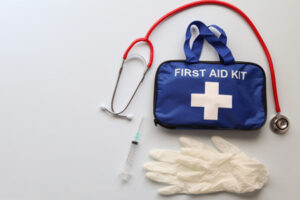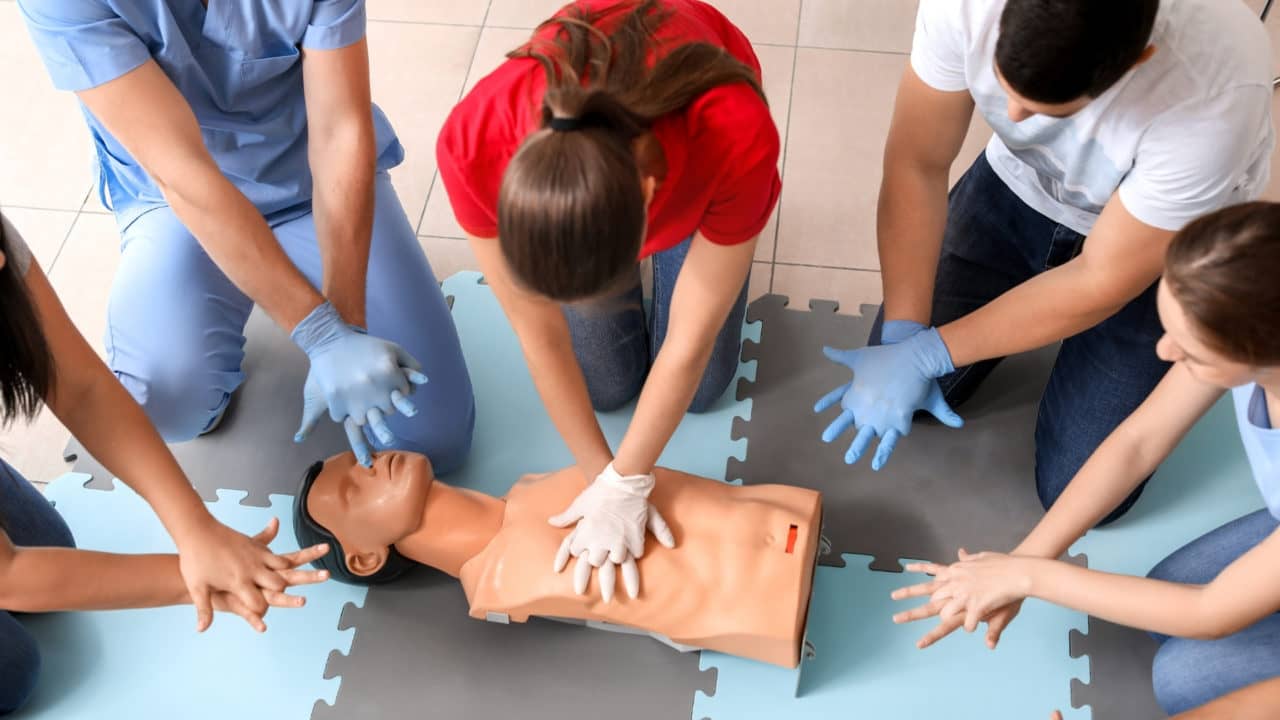
First Aid
Why is practical first aid training so important for you? To answer that question, here are two questions to be answered. What makes a great

Currently less than half of people who suffer a cardiac arrest in the community have someone step in to do CPR or use an AED before an ambulance arrives.
For every minute that passes without CPR and AED the chance of survival drops by 10%. Without quick intervention, someone who suffers a cardiac arrest almost always dies.
If CPR is commenced in the first few minutes after someone collapses the chance of survival dramatically increases.
Recognising that someone is in cardiac arrest and calling 000 is the first step. Anyone can initiate resuscitation by performing CPR and if available using an AED to shock the heart to a normal rhythm.
If someone is not responding, not moving or isn’t breathing normally, they need URGENT help.
What to do
Course info: provide-cardiopulmonary-resuscitation-hltaid009

Why is practical first aid training so important for you? To answer that question, here are two questions to be answered. What makes a great

Young people have not called for the paramedics because they thought that they would get into trouble There have been many occasions, especially with young

Any burn is painful. Usually the bigger the burn, the more pain. Burns are tissue damage brought on by heat, chemicals, electricity, radiation or the

Why do people ignore chest pain symptoms when its a possible heart attack? In the news recently, a number of high profile people have possibly